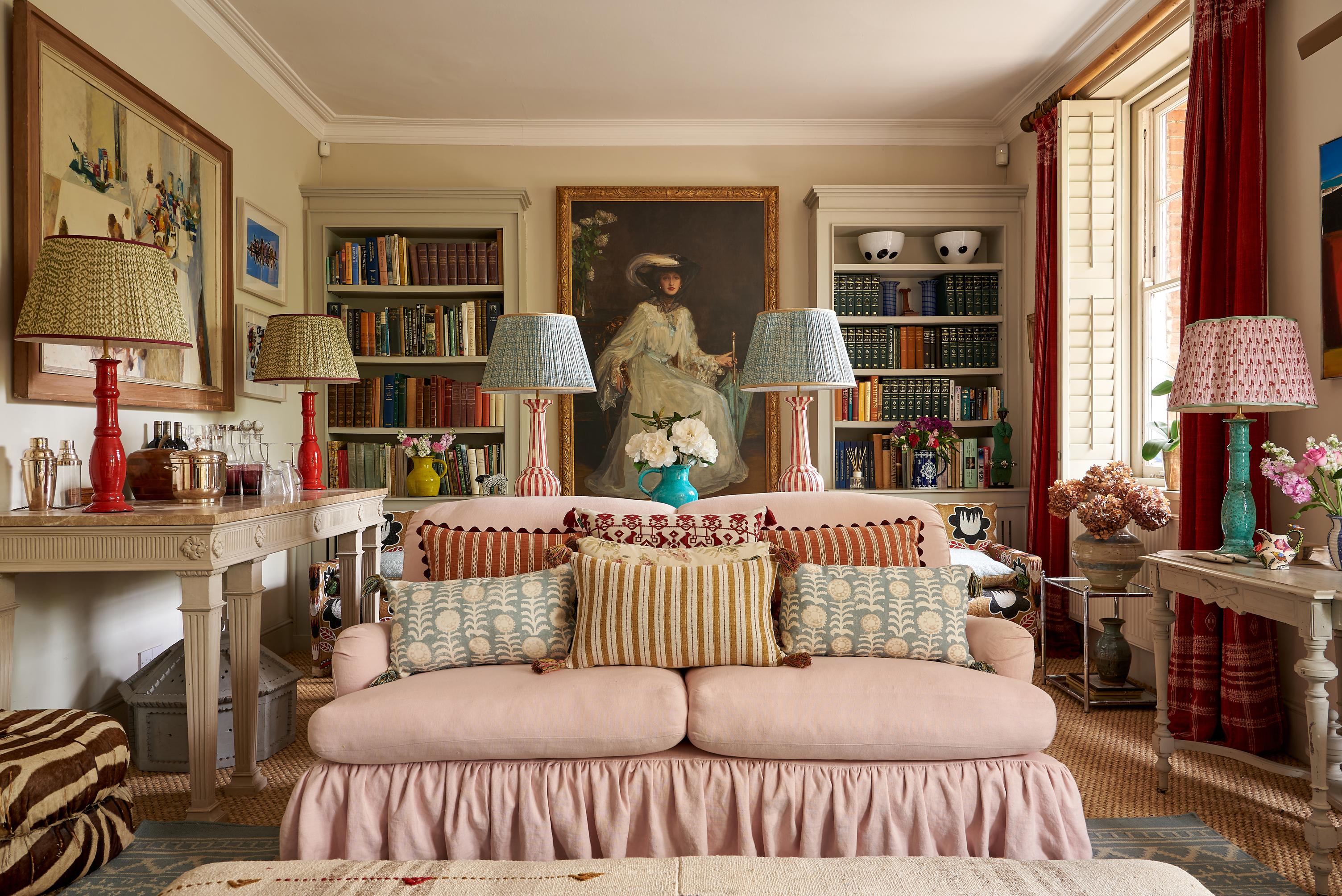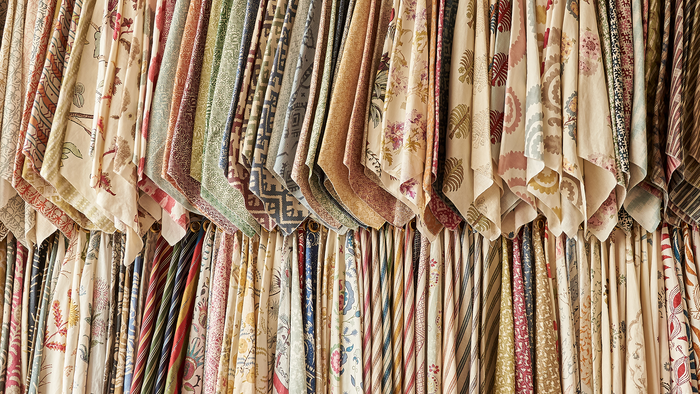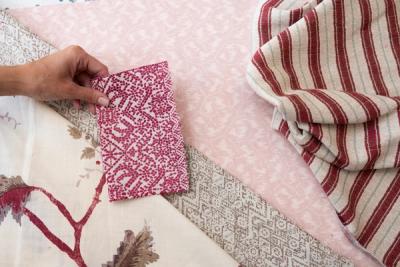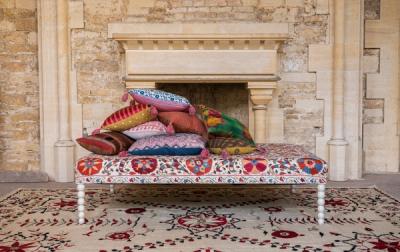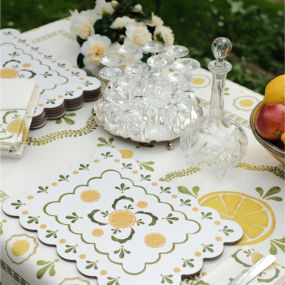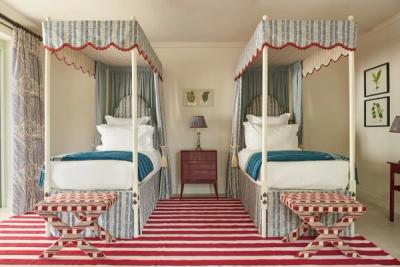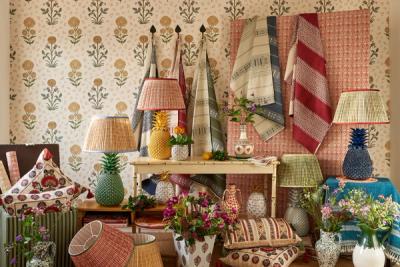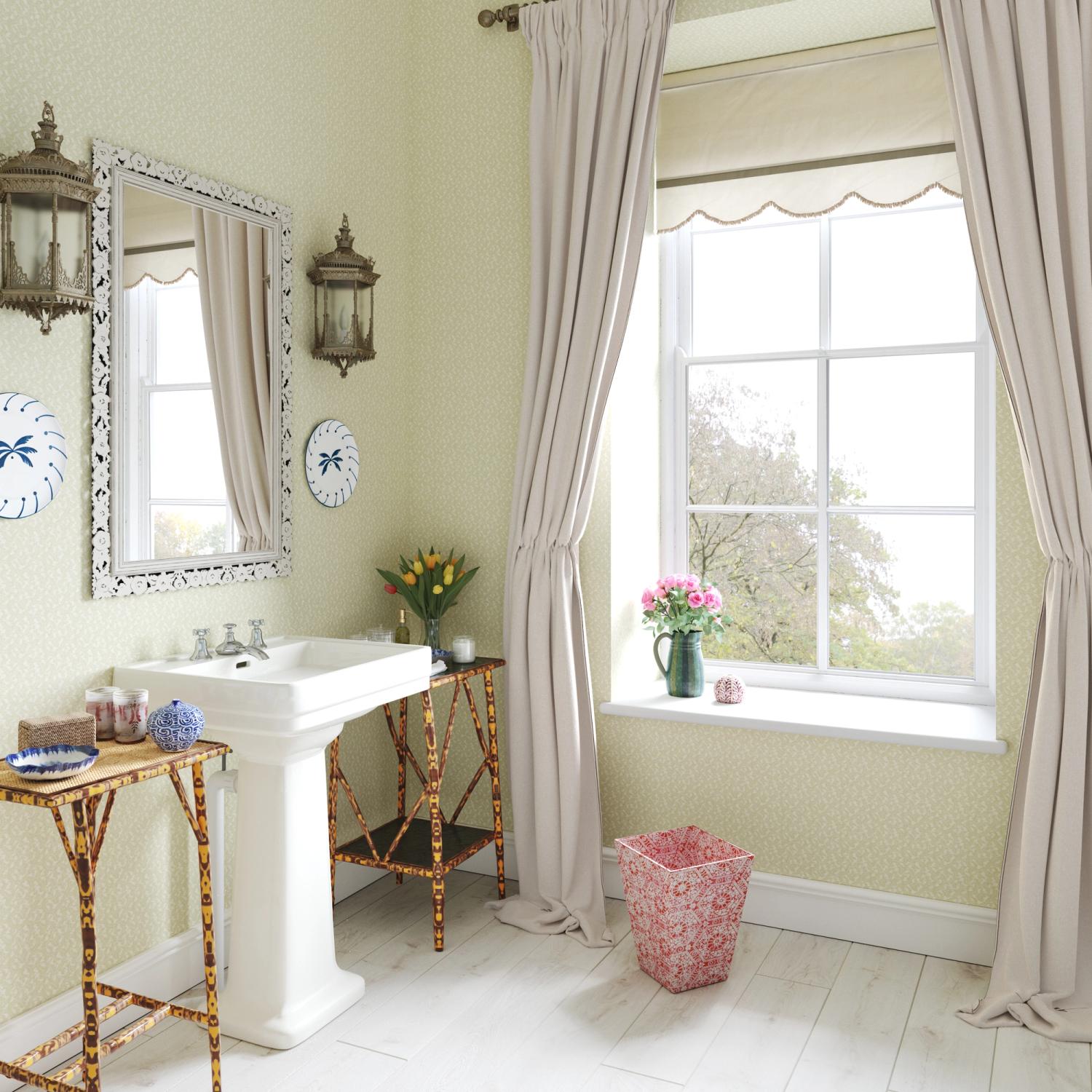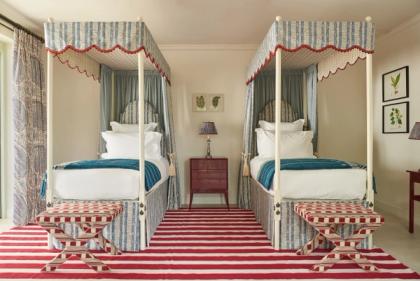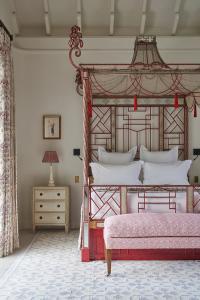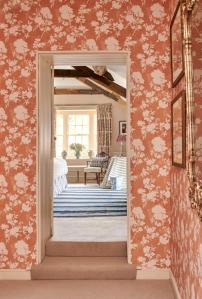Decoration
How to Find the Right Pattern Size for Your Wall
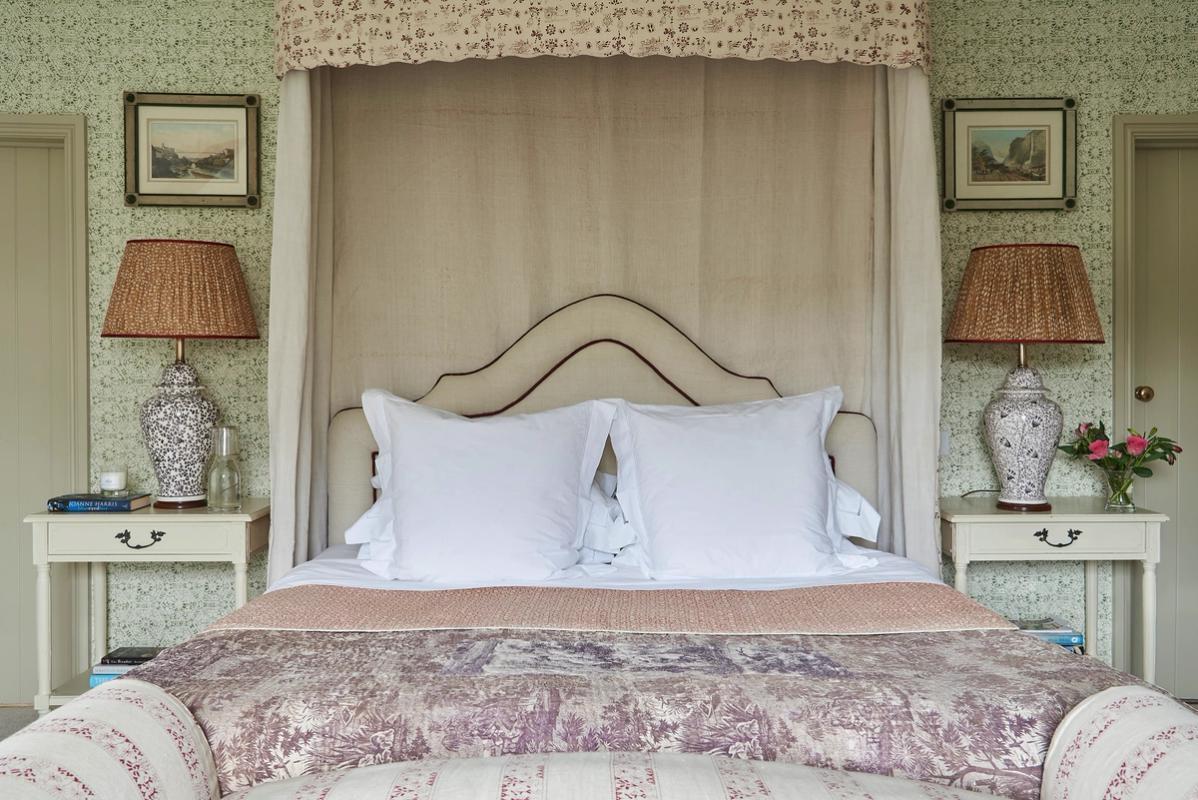
How to Find the Right Pattern Size for Your Wall
Choosing the right wallpaper isn’t simply a case of choosing a beautiful print, as much as we would like that to be the case. Any home will pose its own difficulties for using a repetitive print on the walls, whether your home has the characteristically small and uneven walls of a cottage, or the massive, multi-storey walls of a much more modern breed of architecture.
The ‘rules’ depend on who you ask. A small print in a small room can look busy, while a large print in a small room can look overwhelming. A small print on a large wall can look lost, while a large print on a large wall can appear to shrink it down and diminish its power.
There’s no exact right or indisputable wrong. As with all art, taste and execution are the parameters of success. We’ve all participated in a discussion of ‘subjectivity’ and it holds its truth here. However, there are ways of determining which side of the argument you want your home to land on.
What effect are you looking to make?
In some cases, a smaller print on a larger wall can get lost, but it can also highlight the impressive size and height of the wall and create a sense of texture and depth without dictating a strong theme or style that the rest of the room must follow. True, you might want to avoid a fine pinstripe or pin-head polka dot, but something that can be appreciate up close as well (as from afar) is definitely not a bad thing.
Alternatively, if your heart lies with a multi-layered, complex, bohemian vibe, then a larger print (even in a more restricted space) will be your best bet. If your room is particularly small, then something that leaves a fair amount of negative space – like our Magda Blue Wallpaper – between the repeats will avoid everything from feeling too hemmed in (a worthwhile tip to remember even if you’ve got a larger wall/space to cover).
Every option has its upside, but there will always be a guide warning you against it for a (supposed) downside. It’s all about knowing what effect you want to create and doing it intentionally.
How much wall will be visible after decorating?
Whether you’ve got a lot of wall to cover or very little wall at your disposal, you’ll want to consider how much will be left visible after you’ve finished with it.
However beautiful the print, most of us will want to use the wall for more than just the paper alone. Open shelving, mirrors and frames – or, alternatively, larger furniture pieces that will be pushed to the edges of the room, like bookshelves, breakfronts and dressers – will all interrupt the pattern, and hide it from view to some extent.
The more you plan on covering the wall, the more advantageous it is to go for smaller patterns, since they will be able to repeat more times within the visible spaces than a larger print. Speaking of which…
What’s the repeat?
When you’re thinking about size and coverage, it’s important to know how to interpret the ‘repeats’ given alongside most wallpapers. They will generally be given in centimetres or inches (or both), and the numbers given will reflect how much space a single iteration of the pattern takes up.
A high repeat will indicate a much larger print, while a low repeat will indicate a smaller, more delicate pattern that will repeat much more across the same space of wall.
Looking at wallpaper swatches is always the best way to judge scale, but you can use the repeat as a good indicator of size before you choose with wallpapers to order samples for. Don’t feel too confined by the size of your room; using wallpaper in a small space is not much different to using it in a large space.
What about other patterns in the room already?
We’re not the sorts to shy away from mixing patterns, so this isn’t a cautionary tale against ensuring that you choose a wallpaper than corresponds perfectly with other prints in the room. Instead, see it as an encouragement to think specifically about the sizes of the patterns in your room, and where your wallpaper ought to fall (roughly) on that scale. Some people even mix wallpaper patterns as well as other prints in the furnishings and décor, so don’t be too daunted.
We often advise readers to steer clear of using too many patterns within a single room that are of a similar size. Five different patterns with very similar repeats will be competing for attention when placed alongside one another, while five different patterns – some small and intricate, some large, and some right in the middle – will find it easier to live alongside one another.
More from Decoration
